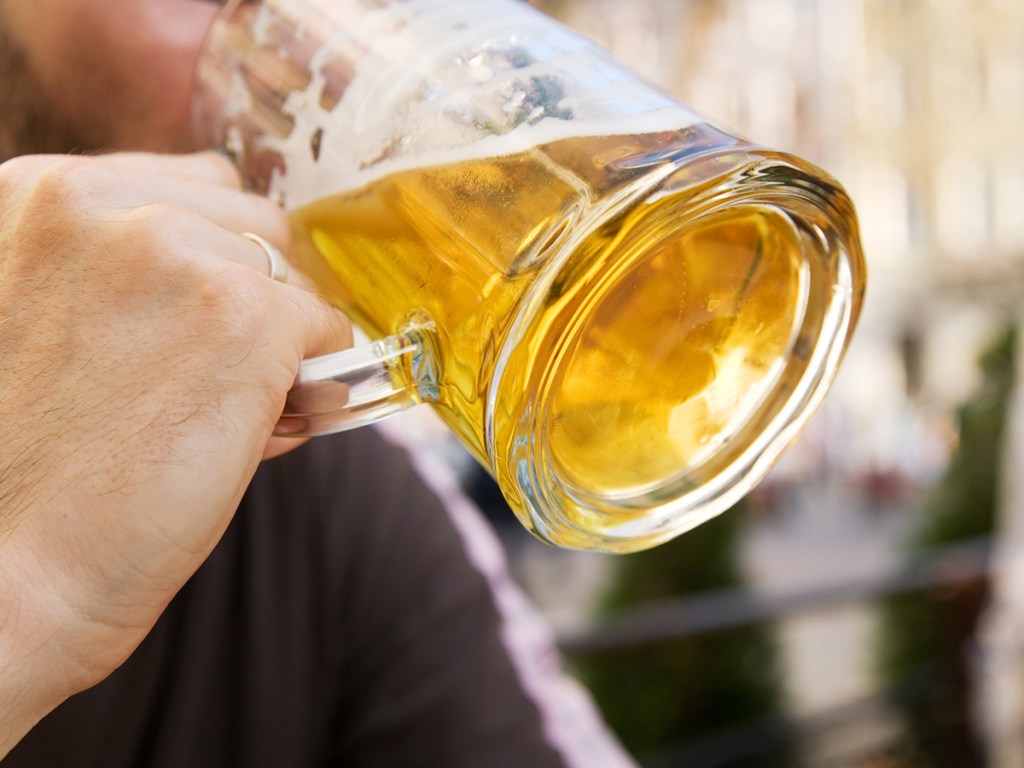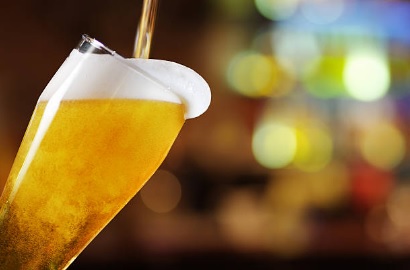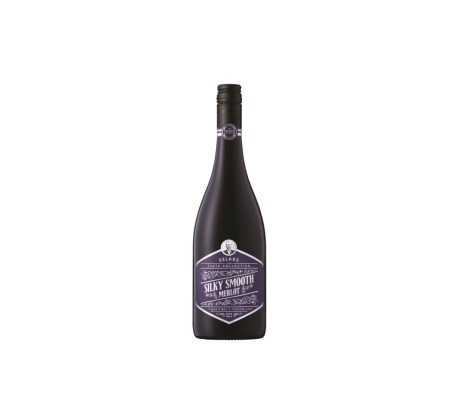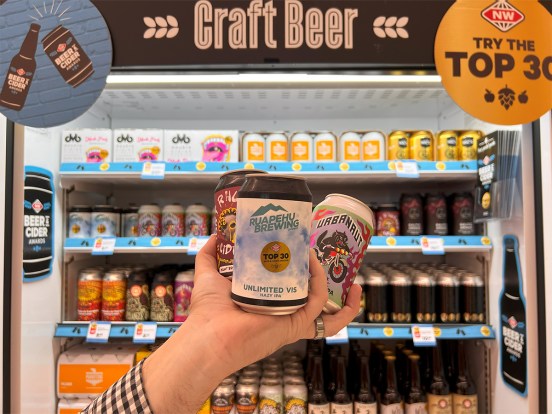With beer being one of the beverage alcohol categories worst affected by COVID-19 during 2020, global liquor analysts IWSR say the global beer industry needs to sharpen its focus on no/low products, at-home consumption and product diversification to drive post-pandemic recovery…
Moderation
IWSR says beer is in a good position to benefit from the growth of no/low alcohol products – a dynamic which has accelerated as a result of health and wellness trends accentuated by the COVID-19 pandemic. Beer dominates no/low, with the IWSR calculating that it accounts for over 90% of all no/low consumption in 10 core markets, and the segment benefits from looser restrictions on ecommerce sales and greater flex in terms of its distribution.
As it evolves, consumers are increasingly gravitating to no-alcohol (rather than low-alcohol) beer, drawn by the clarity of its zero alcohol message: no-alcohol was the only beer segment to register volume growth in 2020, and combined no/low volumes are expected to rise at a CAGR of approximately +7% in 2021-25, versus regular beer’s anticipated CAGR of just over +1% over the same period.
Consumers are also attracted by improving product quality, reduced stigma around drinking no/low, and the increasingly rich choice of products – in the past, the segment was dominated by lagers, but there is now a more diverse offering including IPAs and stouts from both big and independent brewers.
Ecommerce
The increasing sophistication of the at-home consumption occasion – boosted during the COVID-19 by the rise of entertainment streaming services and online food delivery services – means that brewers are engaging as never before with ecommerce, reports IWSR. Many beer companies saw notable rises in ecommerce sales in 2020 and 2021. For example, Heineken’s direct-to-consumer platform in Europe, Beerwulf, more than doubled its revenue in Q1 2021, while AB InBev’s owned ecommerce quadrupled in size.
Some markets saw a dramatic increase in beer ecommerce sales during 2020, with growth likely to continue over the coming years. For other countries, however, such as the UK, Brazil, Australia and Spain – the pandemic gave the beer ecommerce channel an artificial boost, with the channel’s growth expected to moderate going forward.
Looking ahead, companies are increasingly treating ecommerce as a self-contained channel with a dedicated team and strategy, rather than as an extension of the off-trade. They are also more cognisant of the potential of specialist beer ecommerce platforms, not just to drive sales, but to also gather valuable consumer intelligence and insights that will aid NPD.
China and the US show some of the greatest potential for continued beer ecommerce expansion: the former is the world’s leading alcohol ecommerce market, but beer currently underperforms; in the latter, growth is expected to be driven by the easing of restrictions, greater consumer engagement and omnichannel growth favouring beer and other volume categories.
Diversification
The RTD segment was the only category of beverage alcohol to register significant growth during 2020, as consumers embraced its attributes of convenience and portability, and appealing product cues such as being low in sugar, calories or carbohydrates.
In a diverse category, hard seltzers were the greatest growth contributors during 2020, mainly driven by rising consumption in the US, where most hard seltzers are malt-based, but also by their expansion in international markets off a small base. According to the IWSR, more than 48% of global RTDs are currently FABs, but hard seltzers are expected lead the category in volume terms by 2025.
RTDs are a clear rival to beer, with the two categories’ consumption occasions becoming increasingly interchangeable: when the IWSR asked consumers to name another drink that applied to the RTD consumption occasion, beer was the most popular answer.
Nor is RTD expansion confined to North America, with markets as diverse as China, South Africa and Russia recording significant growth thanks to RTDs’ product innovation, affordability and low ABV levels.
As a result, brewers are moving with the market and becoming increasingly diverse in their product offering, supplementing beer activity with the targeting of high-potential RTD segments such as hard seltzers, canned cocktails and hard kombuchas to drive future growth.
Heineken, for example, introduced AriZona SunRise Hard Seltzer in early 2021. Both Ab InBev and Heineken launched hard seltzers in Mexico in Q1 2021 as well, with the introduction of Michelob ULTRA Hard Seltzer and Amstel Ultra Seltzer respectively. Molson Coors also announced an investment of £5m in its hard seltzer brand Three Fold, a naturally vegan and gluten-free offering.
For more from the IWSR, click here.
Did you know?
There are 6 ways you can catch up with The Shout NZ?
Our print magazine – July issue out now! Subscribe here.
Online, updated daily with its own completely unique content and breaking news.
Our weekly newsletter – free to your inbox! Subscribe here.
Our digital magazines – the latest issues are online now.
We are also on Facebook and Instagram!





